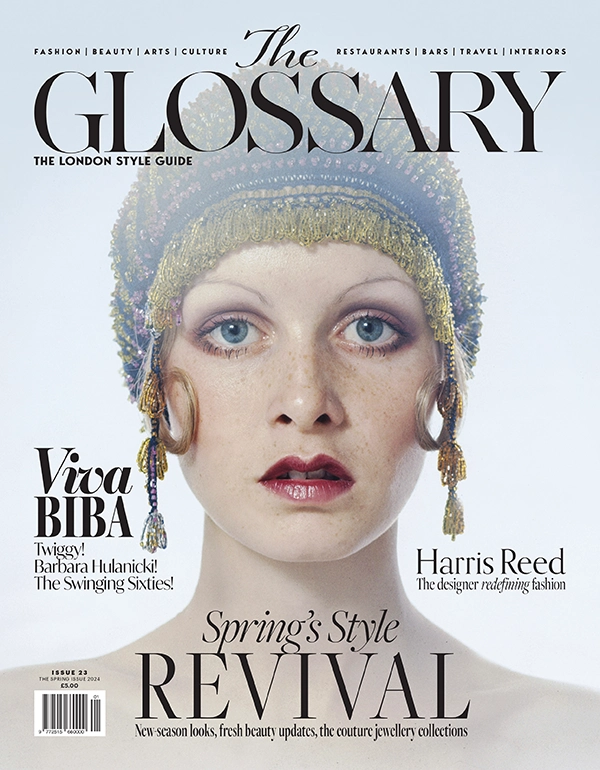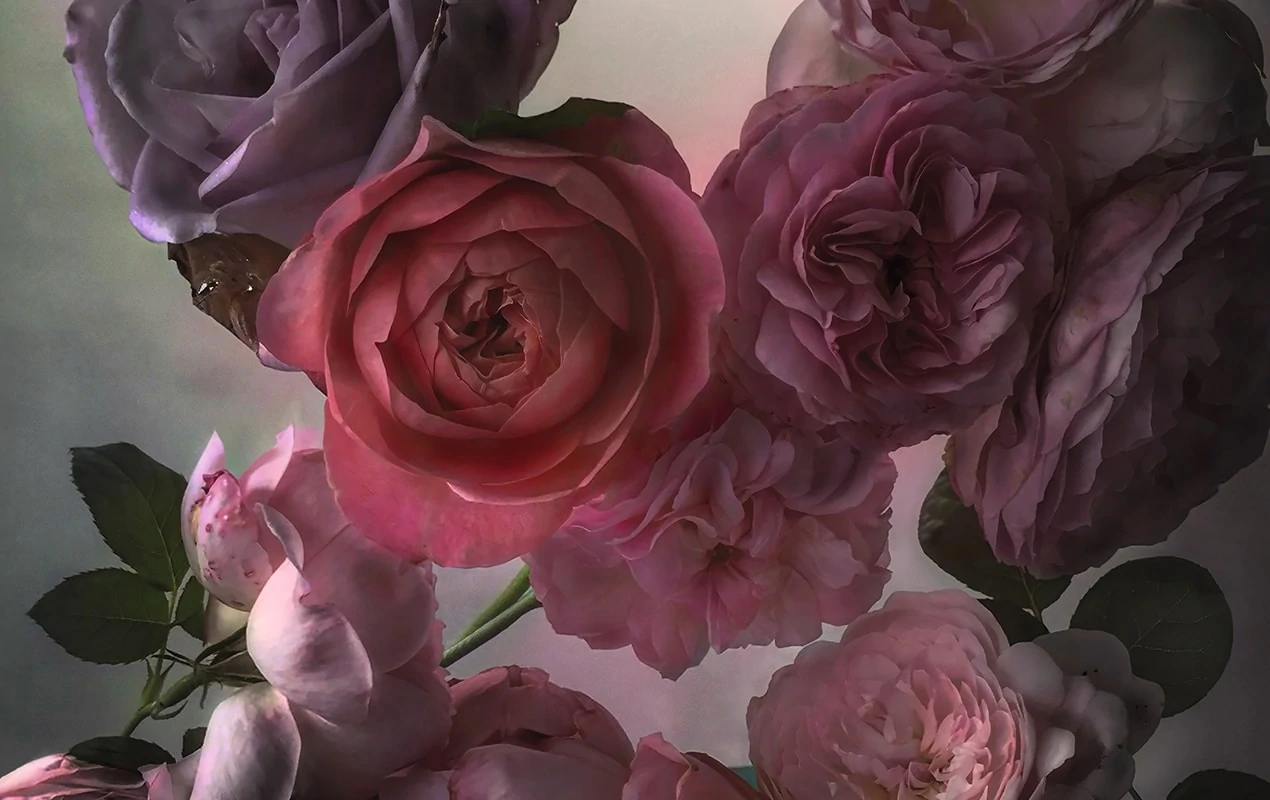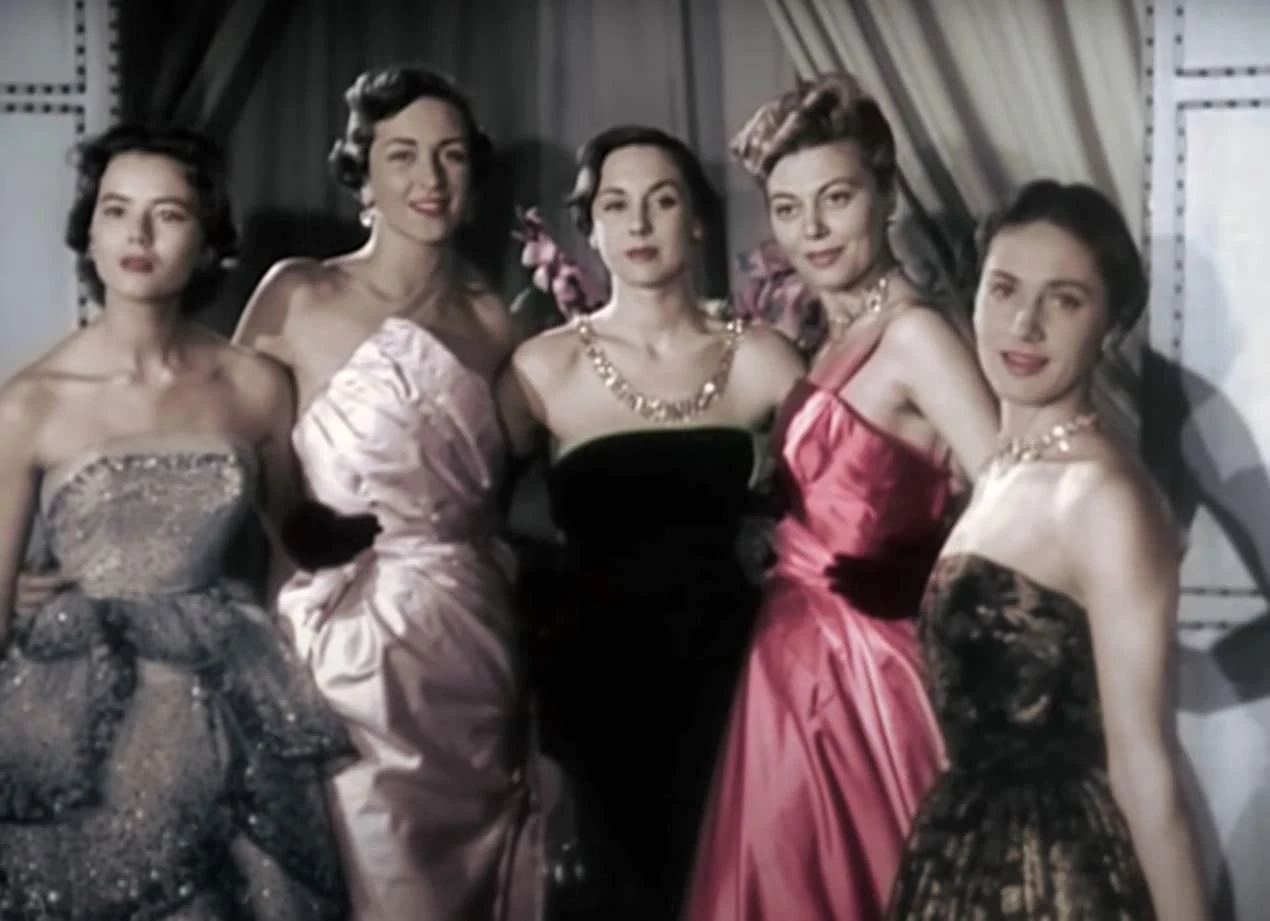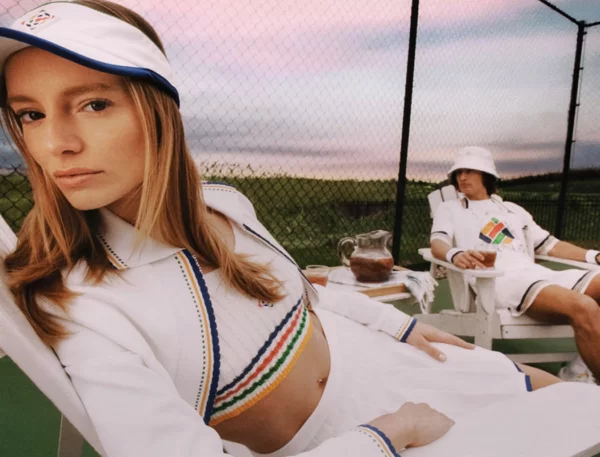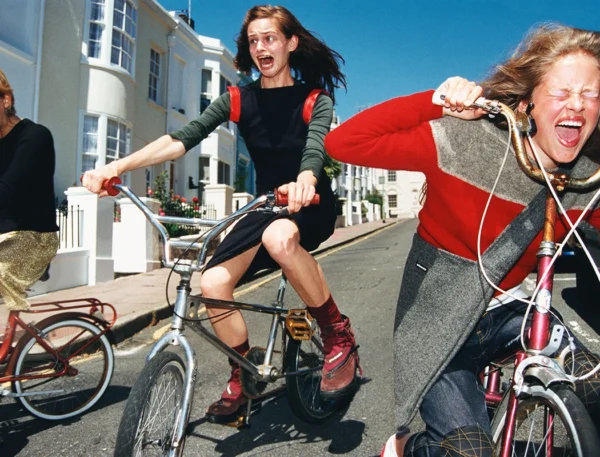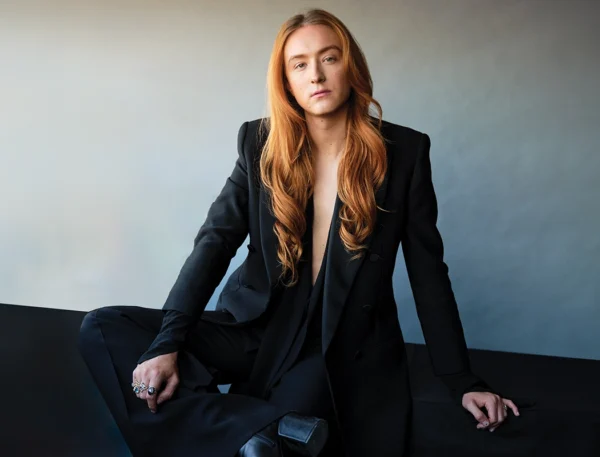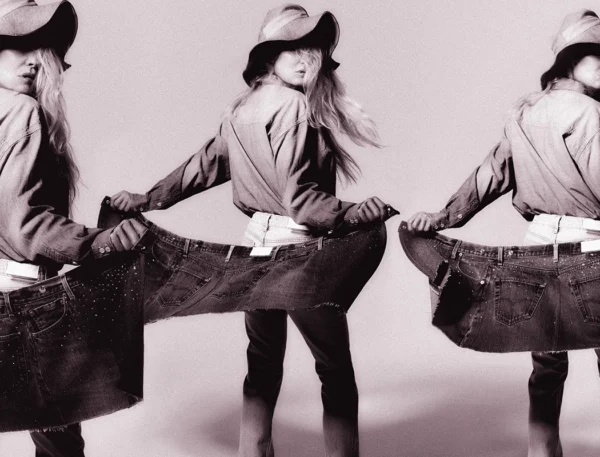From Christian Dior’s inaugural show in 1947 to the Maison’s current collections, floral inspiration has always been at the heart of the House of Dior, across haute couture, fragrance and skincare, and jewellery. Indeed, as a new book, Dior in Bloom, so beautifully portrays – through a series of striking images and fascinating essays – flowers are the very essence of the fashion house, a legacy from the designer’s life-long love affair with horticulture.
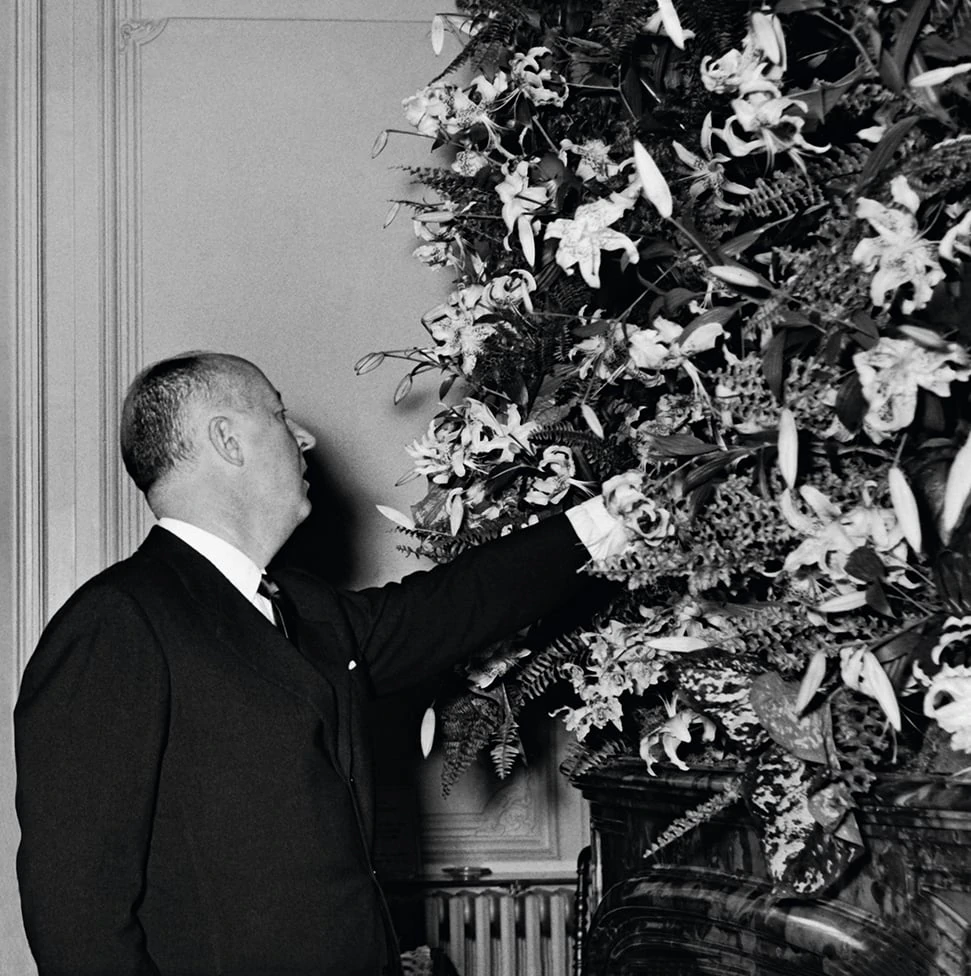 Pin
Pin Photograph: © Willy Maywald
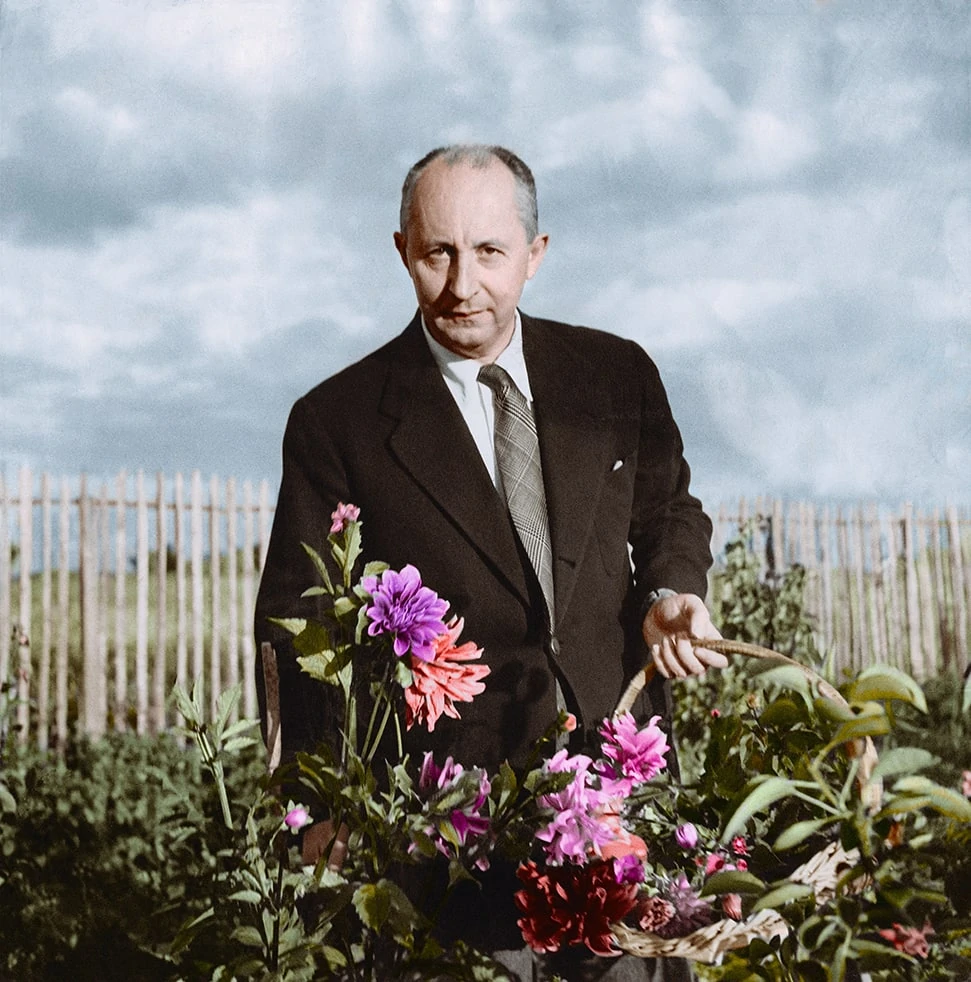 Pin
Pin Photograph: ©André Ostier
“After woman, flowers are the most lovely thing God has given the world.” Christian Dior, arguably the 20th century’s most influential couturier, was a man true to his word.
So passionate was the designer for all things floral, blossoms have been central to the House of Dior’s aesthetic throughout its seven-decade history, from haute couture collections through to fragrances, perpetuated not only by Dior himself but by every one of the house’s creative directors since.
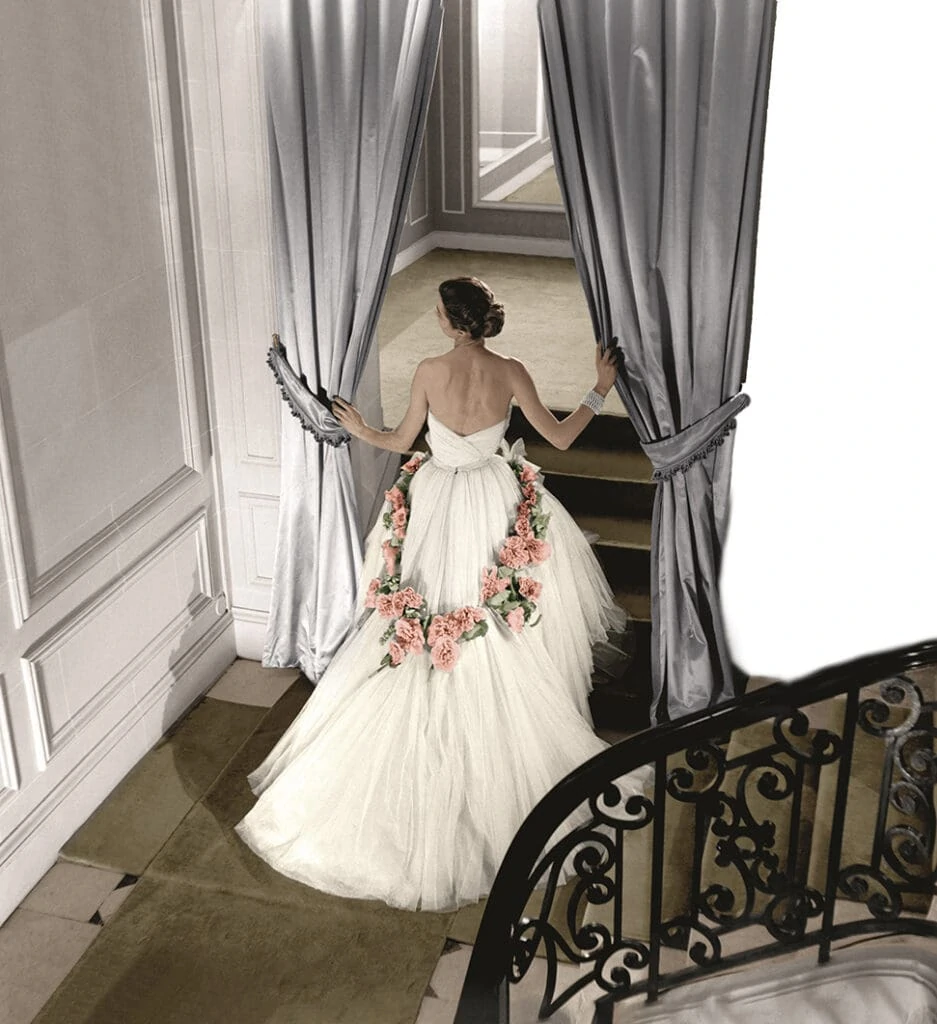 Pin
Pin Photograph:©Willy Maywald
A new book, Dior in Bloom, celebrates the Maison’s fragrant history in all its eye-catching beauty. The tome – worthy of even the most discerning coffee tables – is a visual, sartorial and historical feast, each chapter penned by different authors, all of whom present their own valuable perspectives on the importance of flowers at Dior.
The introduction sets the tone, as each of Dior’s current five artistic directors – Maria Grazia Chiuri, Francois Demachy, Victoire de Castellane, Kim Jones and Peter Philips – share a few words about the impact of blooms on their work.
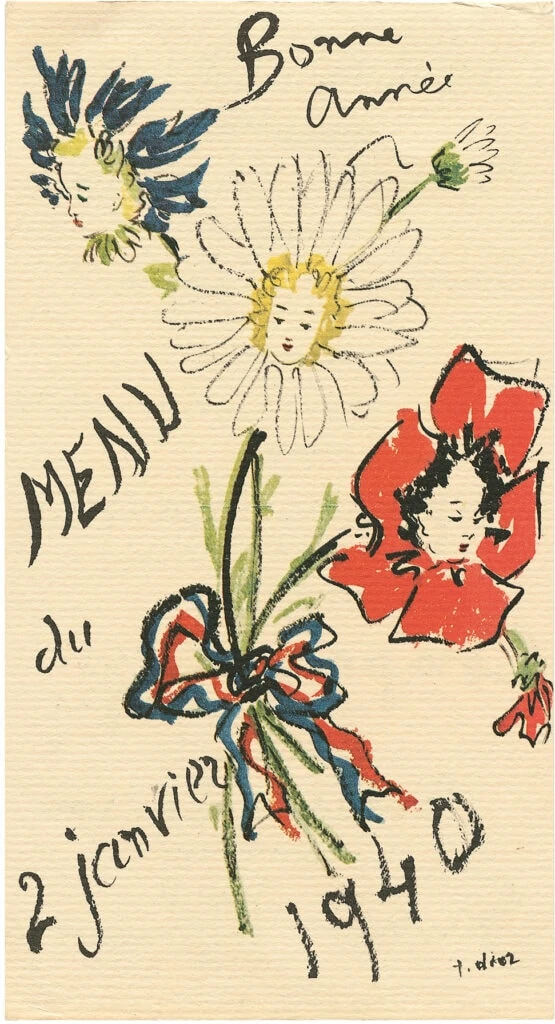 Pin
Pin “From the most royal rose to the humble violet, by way of geraniums or peonies, the Dior legacy testifies to an eternal fascination with flowers: not just for their aesthetics, but also as a symbol of multi-faceted femininity. This infinitely rich floral universe is a great source of inspiration for me,” writes Chiuri, Creative Director of women’s haute couture, ready-to-wear and accessories collections.
One of the most intriguing sections however – entitled “Christian Dior’s Gardens Real And Imagined”, written by landscape artist and therapist Naomi A. Sachs – looks at Dior’s own passion for nature and how this deep connection with the natural world manifested itself in his designs and his perfumes, his houses and his gardens. She also pays tribute to Catherine Dior, the couturier’s sister, herself a great lover of flowers.
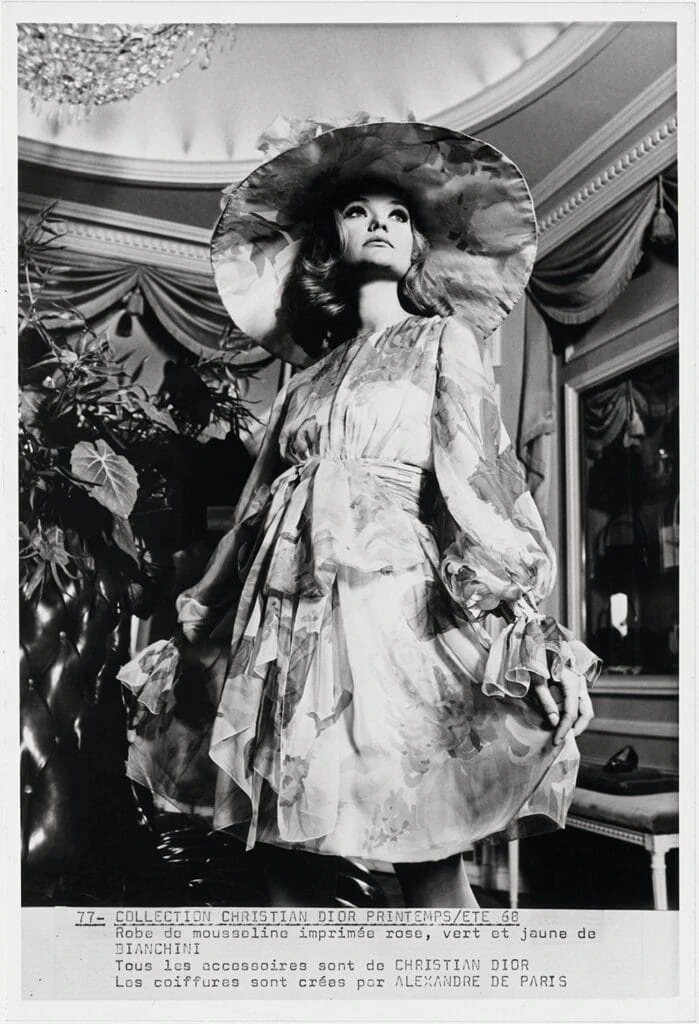 Pin
Pin Dior Heritage Collection
Elsewhere, writer and fashion expert Justine Picardie looks at Dior’s inaugural collection of 1947 – “I drew women-flowers, soft shoulders, fine waists like liana and wide skirts like corolla,” said Christian Dior, of the designs – and the impact this “New Look” was to have for years to come; while author Alain Stella writes a chapter entitled “Dior and the symbolism of flowers”; and Jérôme Hanover celebrates the Dior gardens around the world, where local producers are, to this day, sustainably growing raw materials for Dior products, from fragrance to skincare.
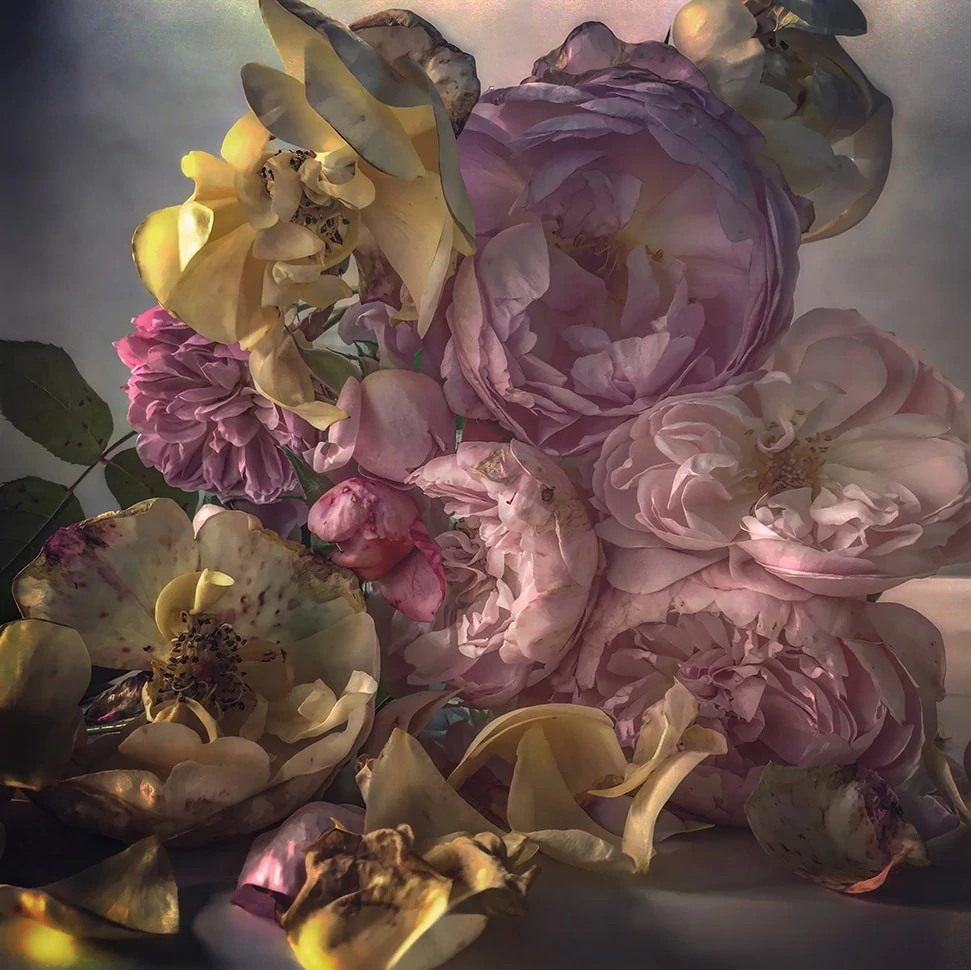 Pin
Pin As you’d expect, the pages are packed with arresting visuals. There are archive images of Dior in his beloved gardens – as a little boy at his childhood home in Granville, where the gardens were transformed by his mother Madeleine; at his second home in Milly-La-Forêt, where he sought refuge from the frenetic pace of Parisian life; and at Château de la Colle Noire, the designer and perfumer’s estate near Grasse, where he planted acres of roses, jasmine, vines and olive trees.
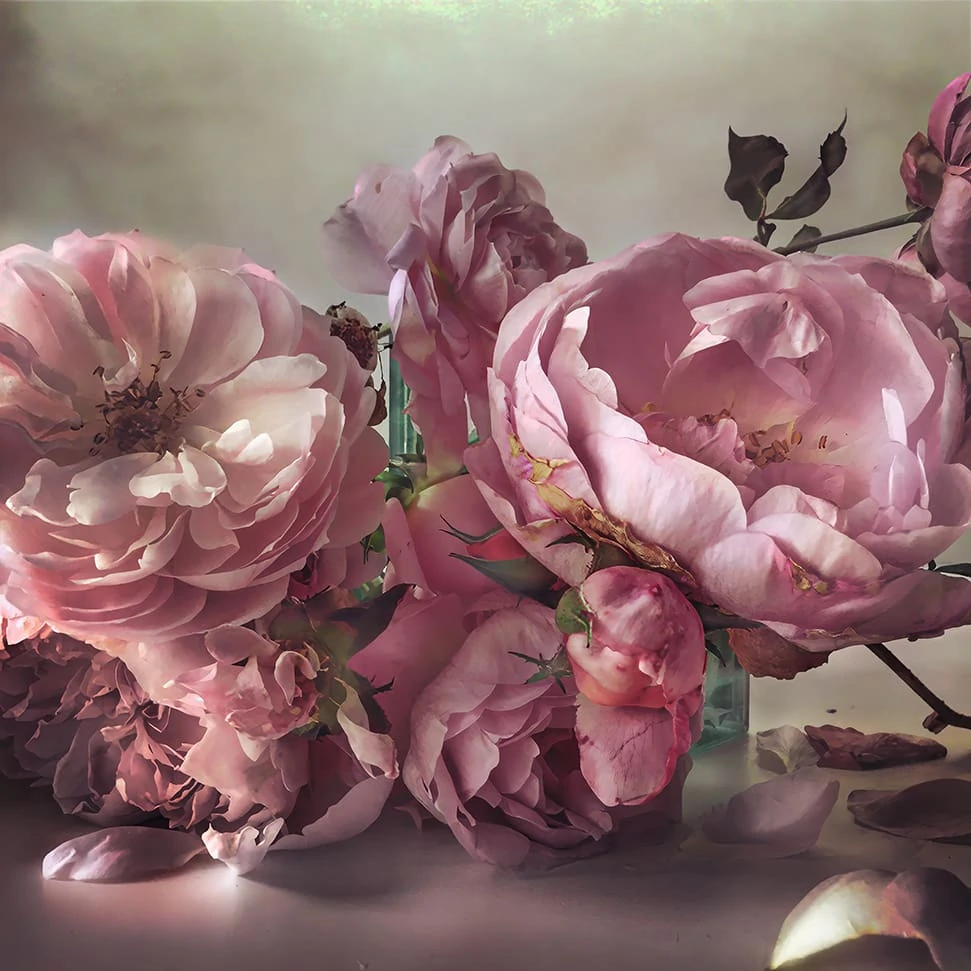 Pin
Pin One of the most ethereal chapters, however, has to be “Sublime Beauty, Nick Knight’s Roses” – a series of portraits of roses (a flower which the acclaimed fashion photographer is as passionate about as Dior), so exquisitely captured they’re reminiscent of Flemish Paintings from a Golden Age.
The concluding section of Dior in Bloom – “An Extraordinary Herbarium by Dior” – is devoted to Dior’s olfactory creations by Demachy. When asked to define the quintessential element of the House’s fragrances, the master perfumer answered simply: “Flowers, flowers, flowers!” And so you have it.
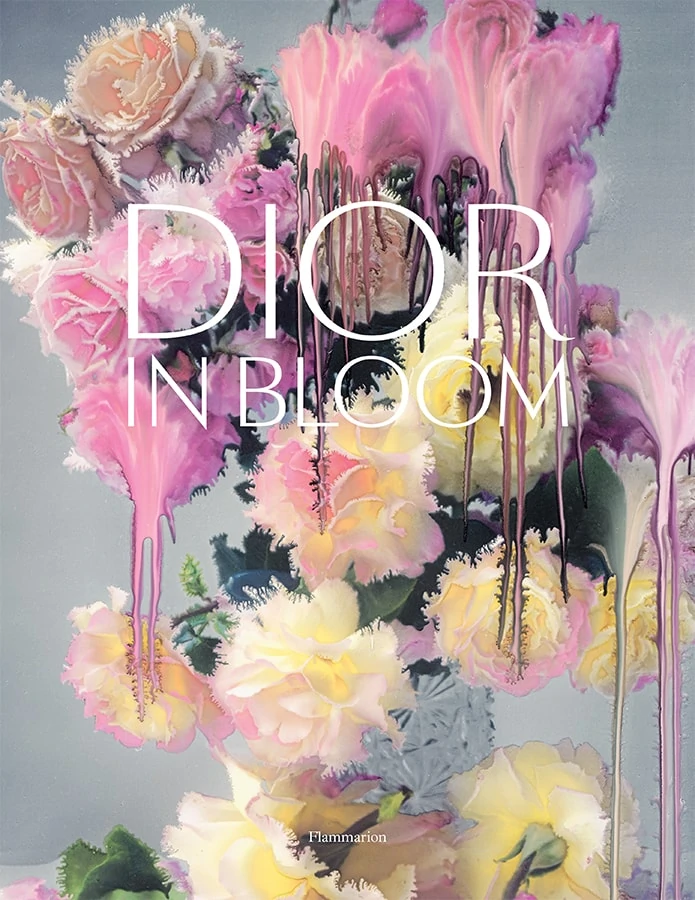 Pin
Pin Dior in Bloom is published by Flammarion, £55.29
